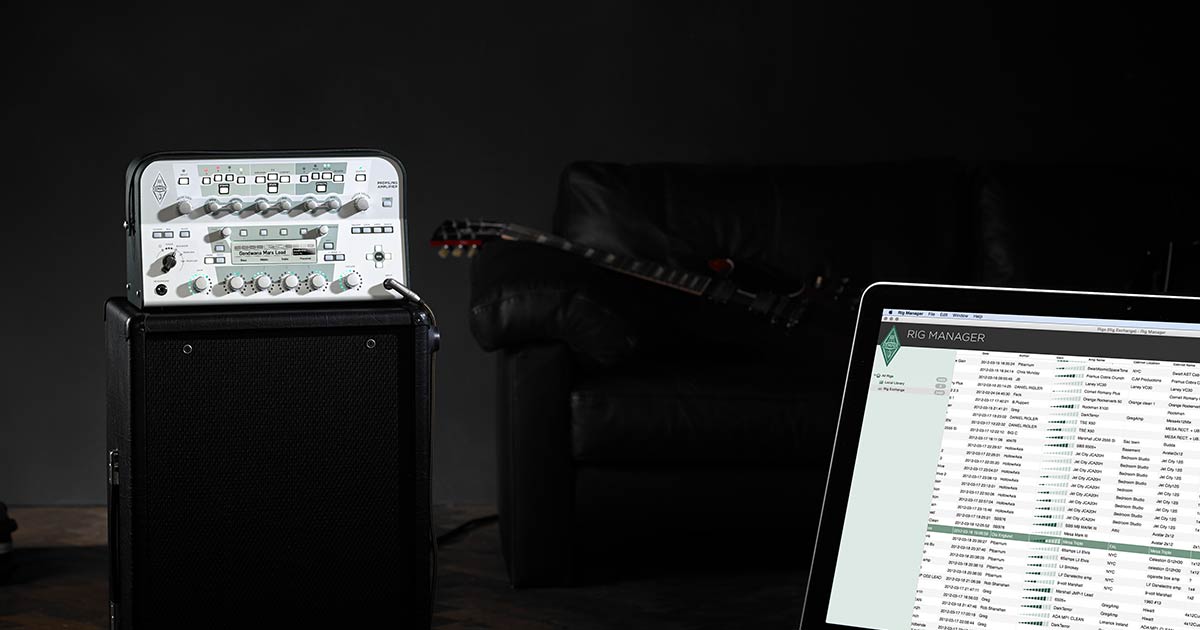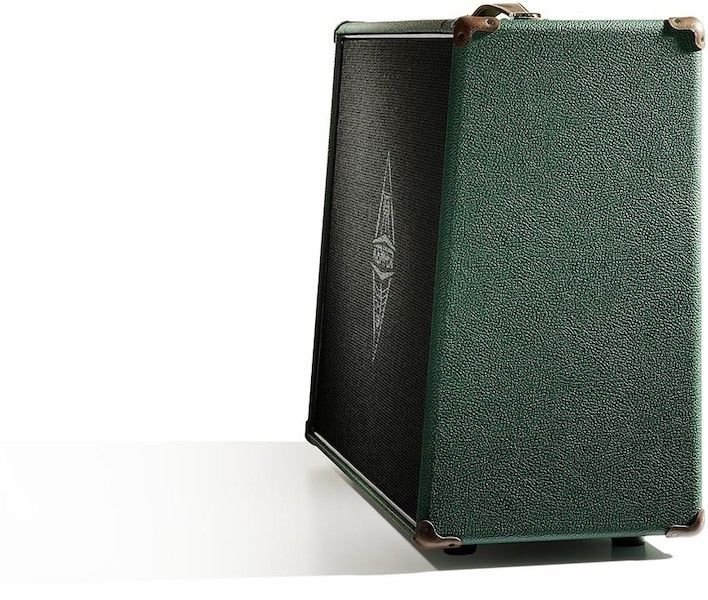- Likes Received
- 53
- Posts
- 83
Hi All
I am a beginner and started to use KPA with headphone: Marvelous!
Now I want to connect it with audio card and try to use Headphone on
Audio card: I am loosing a lot of details than direct headphone connection!
The audio card is a scarlett 212i 2th generation (no spdif) and the Main outputs of
KPA are connected on input 2 channels (Stereo) of Scarlet and I am using
DAW Reaper: what is wrong ?
Why the sound is so bad ?
I use sound card for backtracks and play with KPA on headphone.
That I know someone use the out of headphone for connect it on audio card
so to use Space KPA effect of headphone: is this the problem ?Intermec driver download. Thank you in advance for your support !
Disabling Debug Logging for the Common Firewall Driver (all operating systems) Enabling Debug Logging for the Apex One NT Firewall Service. Please approve access on GeoIP location for us to better provide information based on your support region. If your location now is different from your real support region, you may manually re-select support region in the upper right corner or click here. Drivers for laptop Microapex Apex Powe: the following page shows a menu of 31 devices compatible with the laptop model Apex Powe, manufactured by 'Microapex'. To download the necessary driver, select a device from the menu below that you need a driver for and follow the link to download. Microapex driver jobs. Microapex offers many different types of maintenance and quality service packages. From installing a PC or printer to cleaning and fresh loading of an operating system, microapex does it all! Please contact us for more information.
Rock on
- Navigation
- Forum
- Options
- Current Location
This site uses cookies. By continuing to browse this site, you are agreeing to our use of cookies.Your browser has JavaScript disabled. If you would like to use all features of this site, it is mandatory to enable JavaScript.

Kemper Sound Cards Online
REAMPING PROCESSInfineon port devices driver download. (this guide is tested and builded for MBOX Audio Interface but can be easily used for any sound card that have at least 2 analog in, 2 SPDIF in, 2 analog out and 2 SPDIF out) | |||||||||
STEP 1 –Direct Signal Recording (using SPDIF Output for the Dry recording and Main Analog Out for monitoring) | |||||||||
| DAW | |||||||||
| 1) Arm 1st track (Input 1+2) for recording the full processed signal from the KPA Analog Main Out | |||||||||
| 2) Arm 2nd track (Input 3+4) for recording the dry signal from the KPA Digital SPDIF Out | |||||||||
| Kemper | |||||||||
| 1) Output Page on “Reamp” with Main Out = Master Stereo and SPDIF Out = Studio Git or any other with Git on the Left channel (only the left channel of the SPDIF Input will be taken for the Reamping) | |||||||||
| 2) Input Page with Input = Front Input and, if possible, CleanSense=0 and DistortionSense=0 (it simplify the 2nd step of the reamp process) | |||||||||
STEP 2 – Reamped Signal Recording (using Main Out for Analog Reamp recording or SPDIF Output for Digital Recording) | |||||||||
| DAW | |||||||||
| 1) Arm 3rd track (Input 1+2) for recording the full processed reamped signal from the KPA Analog Main Out | |||||||||
| 2) Route the DAW Output (from Mixer) of the SPDIF Dry Track previously recorded to Out 3+4 (=Software Returns 3+4 or Digital OUT) | |||||||||
| Kemper | |||||||||
| 1) Output Page on “Reamp” with Main Out = Master Stereo (for Analog out recording) or Page on “Default OUT” with SPDIF Out = Master Stereo (for Digital out recording) | |||||||||
| 2) Input Page with Input = SPDIF Input (only the left channel of the SPDIF Input will be taken for the Reamping) and, if possible, CleanSense=0, DistortionSense=0 and ReampSense=0 (it simplify the process) | |||||||||
| |||||||||
TIPs & TRICKs | |||||||||
| · To Reamp more times the same track and avoid phase issues it’s needed to use a constant latency (Output Menù – Page 5) that will be of 4,5 ms | |||||||||
| · Latency additional is introduced when Reamping respect to the original Analog Direct Recording, with MBOX Pro the additional latency is a delay of around 55-65 samples (1,2-1,5 ms) | |||||||||
| · When Reamping (but also when recording directly) it’s good to compensate the latency with a negative delay of samples in the track: each 128 samples are approximately 3 ms of delay, so considering the latency of 256 samples introduced by the DAW two times (first step and second step of reamping) plus the latency of the KPA of others 3 ms, a good value should be between 768 and 1024 samples. NOTE: A good Sound Card + Good ASIO Driver should automatically compensate the DAW Latency –> Test on Mbox Pro shows that it do! | |||||||||
| · Using both the Digital SPDIF In/Out; leaving the same levels on the various mixer all to 0db; leaving CleanSense, DistortionSense and ReampSense all to 0db the Reamp process is very simple and the levels are perfectly matched. | |||||||||
| · The CleanSense doesn’t work in Reamp Mode with SPDIF Input selected, so it has to be compensated with the appropriate ReampSense. | |||||||||
| · The CleanSense for Dry SPDIF Signal Recording acts exactly as a pure Booster from -12db to +12db indipendently from the Gain level of the Amp while for the Amp sound it acts as a pure booster variable with the gain knob position; this means that for a simplest process it’s better to leave CleanSense to 0db (to avoid further leveling) but to have maximum Signal-to-Noise ratio it’s better to put CleanSense at +12 before record the dry signal and then leveling the dry signal before the reamping putting ReampSense to -12. | |||||||||
| • Before start the reamping process take note on the track (i.e. in the name of the recorded file) of which level of CleanSense has been recorded the dry track to be sure to have the information in the future for correct leveling of the track before reamp. For an optimal leveling before reamping it has to be compensated the CleanSense value with the same opposite amount of the ReampSense value. The level of DistortionSense instead is perfectly replicated before and after the Reamping in the Step1&2, so it is possible to leave as it is without taking particular notes on that. | |||||||||
| • If the SPDIF Dry Signal is recorded with CleanSense at +12db (with Gain of original Profile between 3 and 4) to compensate and obtain the same sound and level on reamping you can use one of these options a) Put Reamp Sense to -12 db before reamping, leaving the dry recorded track to the same volume originally recorded b) Lower the track from Sequoia (DAW) to reamp at -12db of the original recording and after reamping rase the volume of the reamped track of 6 db | |||||||||
| • If the SPDIF Dry Signal is recorded with DistortionSense at -12db to compensate and obtain the same sound and level on reamping you can use one of these options a) Put DistortionSense again to -12 db before reamping, leaving the dry recorded track to the same volume originally recorded b) Put Reamp Sense to -12 db before reamping, leaving the dry recorded track to the same volume originally recorded | |||||||||
| • Pickup FEEDBACK from AUDIO Speakers: in the pickup the speakers sound of the room enter of about 60 db under the clean signal (on a vintage pickup). The problem of backing is more audible when the gain of the amp is very high because of compression. The Noise Gate on the Input section and the Noise Gate Stomps helps a lot to reduce such problem. With Noise Gate Stomps higher than 3 in the first position the feedback is almost completely cancelled. |

Kemper Sound Cards Free
- Card Scrambler Kemper Profile Pack. The KPA profiles simply seek to re-create the sound of the amplifiers listed and any use of brand names is strictly.
- Kemper Amps @Twitter The information provided on this site is subject to change without notice. KEMPER™, PROFILER™, PROFILE™, PROFILING™, PROFILER PowerHead™, PROFILER PowerRack™, PROFILER Remote™, PROFILER Stage™, KEMPER Kabinet™, KEMPER Kone™, KEMPER Rig Exchange™, KEMPER Rig Manager™, Pure Cabinet™ and CabDriver.
- It is the policy of Kemper and the Kemper group of companies to conduct business on an ethical basis in full accordance with the law. Kemper's Essential Standards of Conduct (“ESOC”) program provides a framework and guidance to employees on our corporate values and how to conduct business in an ethical manner.
- HARDWARE and Audio CONFIGURATION: This configuration is for the MBOX Pro Control Panel but can be used for any Sound Card: 1) Outputs 1/2 = Stereo Mix with Input 1+2 Active = 0db, all the others Input on Mute (including SPDIF Input 7+8 to avoid to listen to Direct Signal of the guitar in the recording monitoring); Main Output 1+2=0db.
Kemper Sound Cards & Media Devices Drivers
Guidorist Kemper® Amp Profiles are used by Michael Wagener (Metallica, Queen, Alice Cooper), Marco Sfogli (Dave LaRue), In Flames & many more.

